
Konstfack University of Arts, Crafts and Design, is a university college for higher education in the area of art, crafts and design in Stockholm, Sweden.

Eva Fredrika Bonnier was a Swedish painter and philanthropist.
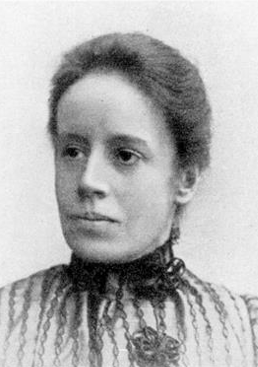
Fanny Ingeborg Matilda Brate was a Swedish painter. She specialized in genre scenes, featuring families, which are often cited as the inspiration for similar works by Carl Larsson.
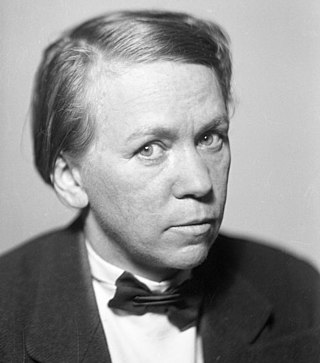
Siri Karin Derkert was a Swedish artist and sculptor. She was also a strong advocate for peace, feminism and environmental issues.

Harriet Augusta Dorotea Löwenhjelm was a Swedish artist and poet. She mainly considered herself an artist. She died at Romanäs sanatory in Tranås after some years of tuberculosis.
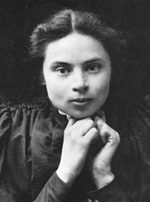
Ester Dorothea Almqvist was a Swedish artist who was a pioneer of Expressionist painting in Sweden.

Ebba Maria Bring, better known as Maj was a Swedish painter and model. She was the daughter of Sven Casper Bring.

Ada Konstantia Nilsson was an early Swedish woman medical doctor. She was one of the founders of the campaigning magazine Tidevarvet in 1923.

Malvina Bråkenhielm born Hilda Ingeborg Malvina Gabriella Runsten was a Swedish writer of 30 novels and 250 short stories. She was philanthropic and also performed and taught music. Her elder sister was the writer Laura Fitinghoff.
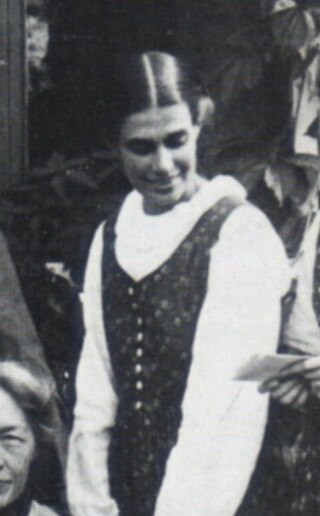
Honorine Hermelin was a Swedish headteacher, magazine founder and feminist.
Birgitta Ingvaldsdotter was a Swedish merchant who through marriage, inheritance and enterprise become significantly wealthy.
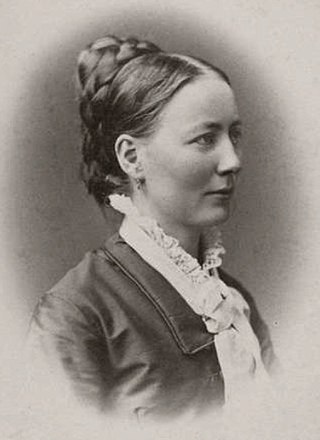
Johanna Brunsson (1846–1920) was a Swedish weaving arts instructor and school founder.
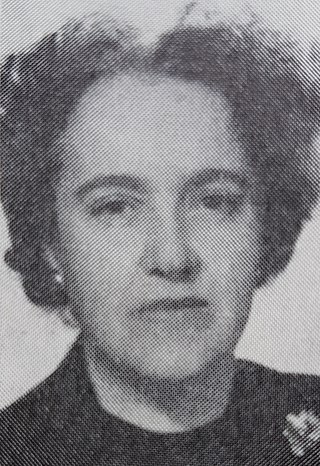
Siri Lovisa Rathsman was a Swedish surrealist artist, printmaker, painter, ceramicist, and journalist who spent much of her life in Paris. She was born in Sundsvall, Sweden and died in the Brännkyrka parish of Stockholm.

Inga Thyra Carola Grafström was a Swedish textile artist.
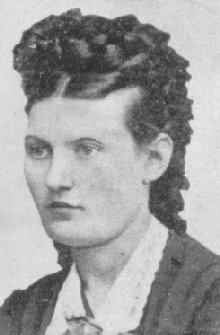
Jaquette Liljencrantz (1848–1920) was a Danish writer, journalist, Women's rights activist and socialist.
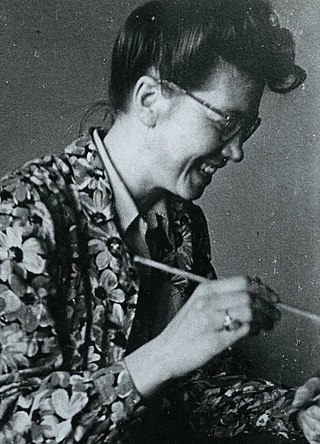
Berta Elisabet Hansson (1910–1994) was a Swedish artist and educator. She is remembered as one of the country's most prominent Expressionists, especially for her depictions of children. After first working as a schoolteacher, in 1940 she attended Otte Sköld's art school and started to paint. Impressed by her work, the writer and artist Elsa Björkman-Goldschmidt arranged a solo exhibition for her in 1943. Thanks to the interest of her reviewers, she soon became a full-time artist. In the 1950s, she spent a year in South Africa where she was upset by the conditions imposed on black people. On returning to Sweden she expressed her anti-apartheid feelings in artworks and textiles. Later in life, she turned to sculpture, creating portraits of children in terracotta and bronze. Her works can be seen in several Swedish museums including Nationalmuseet and Moderna Museet.

Elsa Andrea Elisabeth Björkman-Goldschmidt (1888–1982) was a Swedish artist and writer who was active in Sweden and Austria. After attending Stockholm's Art Academy, she worked as an engraver and etcher. In 1916, while assisting the Red Cross in Russia, she met her future husband, the Austrian surgeon Waldemar Goldschmidt. They married in Vienna where she was involved with Save the Children and started working as a correspondent for the Swedish press. In 1938, anti-Semitism forced the couple to move to Sweden where she published a number of books about her life in Vienna.
Tekla Åberg was a Swedish teacher and school director. She was a pioneer for girl's education in Sweden and was the founder and director of the first grammar school for girls outside Stockholm, Tekla Åbergs högre allmänna läroverk för flickor.

Gertrud Paulina Santesson was a Swedish artist and sculptor. Santesson's monumental sculptures and intimate portraits of her contemporaneous women artists are regarded as her greatest creative triumphs.

Charlotta (Lotten) Johanna Jakobina von Plomgren,, was a Swedish activist for civil defence. She was one of the founders of Svenska kvinnoföreningen för fosterlandets försvar, and was its president from its foundation in 1884 until 1914.


















